Lubaina Himid (Zanzibar, 1954, lives in Preston, UK) is a renowned English artist, as well as curator and lecturer at the University of Central Lancashire. Since the 1980s, her work has focused on the themes of colonialism, slavery, racism, gender identity, before these topics became rather fashionable and widespread points of discussion.
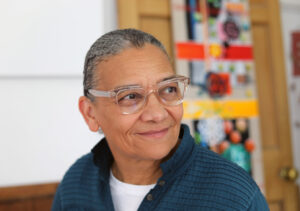
Lubaina Himid, photo by Magda Stawarska, courtesy Hollybush Gardens, London
The artist has always treated these topics not only with fierce irony and irreverence, but also with precise references to African folklore and the exaltation of a story too often debased. In 2017 Himid rose to the headlines for winning the Turner Prize and the following year she was awarded the title of Royal Academician, up to obtaining a personal exhibition at the Tate Modern (Nov 25 2021-Oct 2 2022). Just to be more incisive, the Royal Academy of London, in 2019, appointed artist Rebecca Salter as director, the first woman to lead this institution, 251 years after its foundation wanted by George III, in 1768. Things are slowly changing everywhere, even in areas where deep and abused traditions are well rooted, to finally open up “to the other half of the world” in a more inclusive and equidistant way.
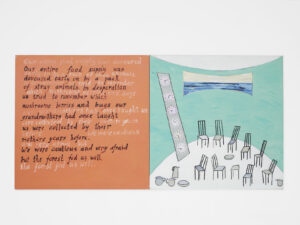
Lubaina Himid, Our Entire Food Supply, Plan B_Hollybush Gardens. Photo: Andy Keate, courtesy Hollybush Gardens, London
Now, the jury of the Maria Lassnig Foundation, chaired by Peter Pakesch (together with the selection committee (Philip Tinari, director of UCCA, Beijing; Hans Ulrich Obrist, artistic director of Serpentine Galleries, London; Matthias Mühling, director of the Lenbachhaus in München; Cao Fei, artist; Guo Xi, UCCA exhibitions director and Patrick Rhine, UCCA research director) awarded Lubaina Himid the biennial Maria Lassing prize, named in memory of the great Austrian painter, who died on 6 May 2014 and whose figurative and expressionist language had found in Italy the enthusiastic support of the Enzo Cannaviello Gallery. The Foundation, opened in 2015 to keep alive Maria Lassnig’s material and moral work, established the prize two years later to be awarded to female artists. The the prize always consists of financial support and an international exhibition. Previous editions saw the awarding of the prize, in 2017, to Cathy Wilkes (with an exhibition at the MoMA PS1 in New York); in 2019 to Sheela Gowda (with an exhibition at the Lenbachhaus in Munich) and in 2021 to Atta Kwami, with an exhibition at the Serpentine Galleries in London).
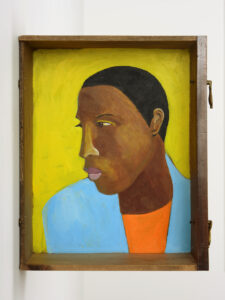
Lubaina Himid, Man in A Shirt Drawer, 2017-2018, acrylic on wood, 47 x 37,5 x 20 cm. Photo: Andy Keate, courtesy Hollybush Gardens, London
The prize awarded to Himid will end with the exhibition that will be set up at the UCCA in Beijing in the first months of 2025. We cannot say Himid’s expressive language is revolutionary, nor that it is linked to a particular formal research; what substantially characterizes and distinguishes her are the contents that go beyond the form, the substantial desire to explore the identity of British blacks, so much so that her contribution to the black artistic movement in the United Kingdom is to be considered as an anticipatory sign of the times that followed. Which means talking about one’s origins, slavery, colonialism and stories that refer to the creativity of women, placing black protagonists at the center of the narrative. But that means not only talking about art but also about cultural activism or “artivism”, to use the acronym that first saw the light with the Big Frente Zapatista group and for the members of the EZLN in 1997, and then being taken up by Vincenzo Trione in the title of the book published by Einaudi in 2022, and that is, referring to all those artistic experiences characterized by explicit social contents.
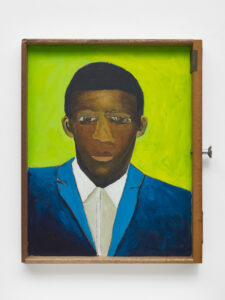
Lubaina Himid, Man in a Receipt Drawer, 2023, acrylic on found wooden drawer, 54 x 45.5 x 5 cm. Photo: Andy Keate, courtesy the artist and Hollybush Gardens, London
Hamid’s training as a theatrical set designer falls within her pictorial language, responding to a somewhat flattened and simplified form, although articulated with the most varied means of expression, and with the distribution of figures also placed in spaces characterized in a summary way. In the exhibitions then, the installations that continue as a narrative flow in the juxtaposition between object elements and paintings, recall this particular visual culture of the distribution of disseminative signs in space.
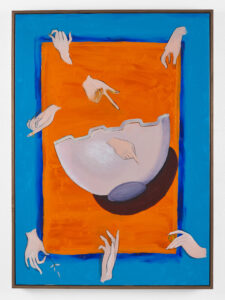
Lubaina Himid, The Rake’s Progress, 2022, acrylic on canvas, 144 x 102 x 3 cm. Photo: Andy Keate, courtesy the artist and Hollybush Gardens, London
The director of UCCA, Philip Tinari, commented on this future exhibition project for Beijing with the following words: «Lubaina Himid’s bold formal innovations and trenchant historical explorations have established her as one of the most important voices in global contemporary art. UCCA is honored and thrilled to be able to present her work by her to audiences in China for the first time». This confirms how today’s art system is above all global and subjected to tensions that explore aspects of a multiple, stratified and disrupted society, that is, very easily inclined to community affirmations that do not aim at homogenization but at difference and redemption of artisanal traditions. To put it another way: in “modern times” contents seem to have had the upper hand over the formal aspect of language and those who instead have the determination to focus on this second aspect find themselves too often having to suffer the accusation of being a decorator. Well, Himid just can’t be accused of not having touched the key of an art free from contents and from a clearly recognizable commitment towards her history and her land of origin which, just to be explicit, has been, since 1890 to 1963, for better or for worse, a protectorate of the English crown. Currently, until 27 August, Himid’s work is on display, with support from Hollybush Gardens, at Glyndebourne, in Lewes, south east in the county of East Sussex. The title of the exhibition is “What Does Love Sound Like?”.
Fabio Fabris
Info:

is a contemporary art magazine since 1980


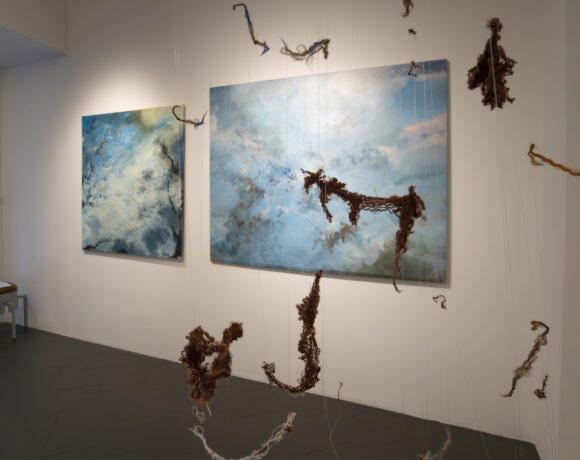
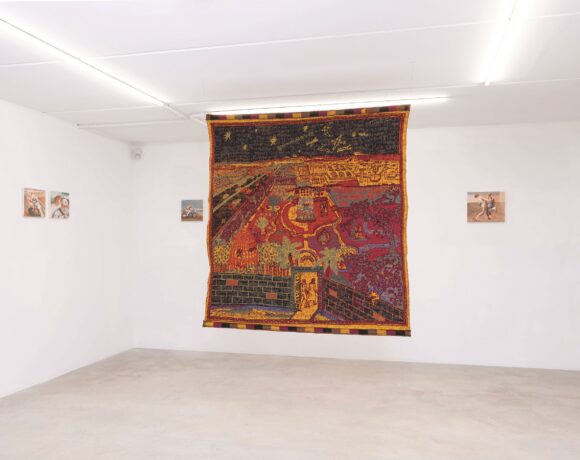
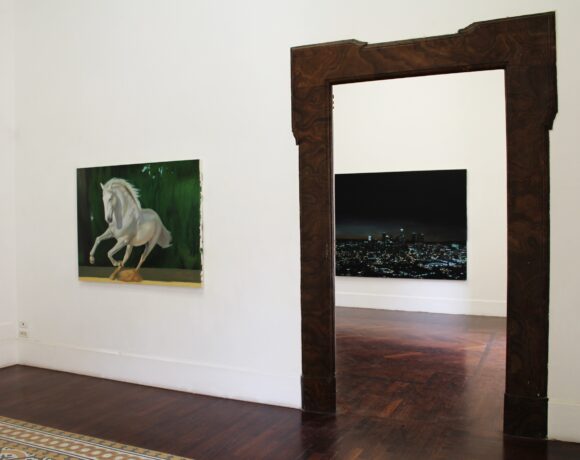

NO COMMENT